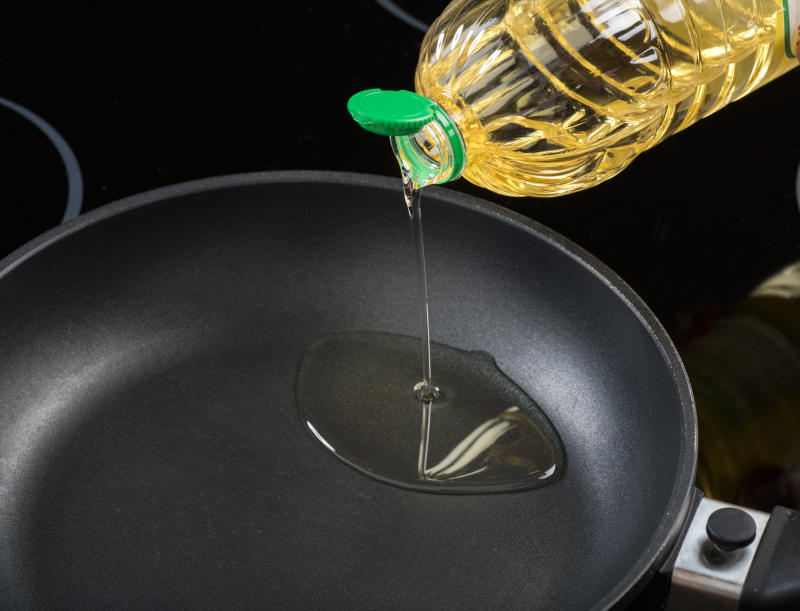×
The Standard e-Paper
Fearless, Trusted News

Phyllis’ mini-mart at Hunters Kasarani has experienced a dramatic reduction of shoppers in the cooking oil section since the turn of the year.
This is tied to the increase in prices of cooking oil after a global surge in the price of palm oil in 2020.